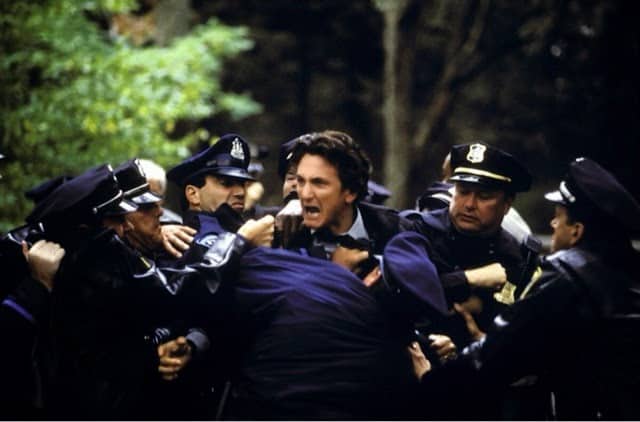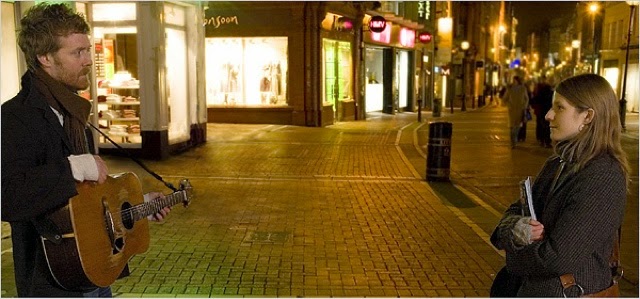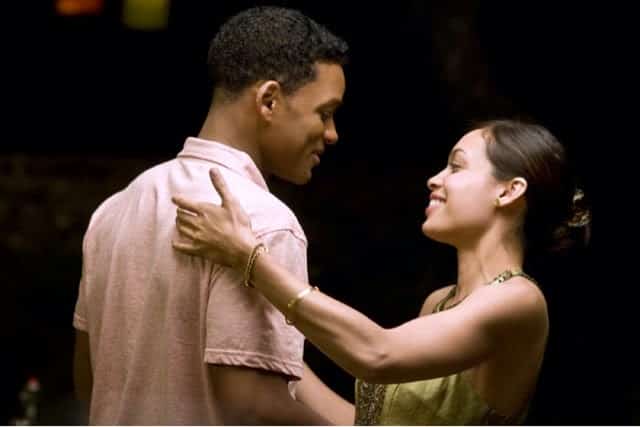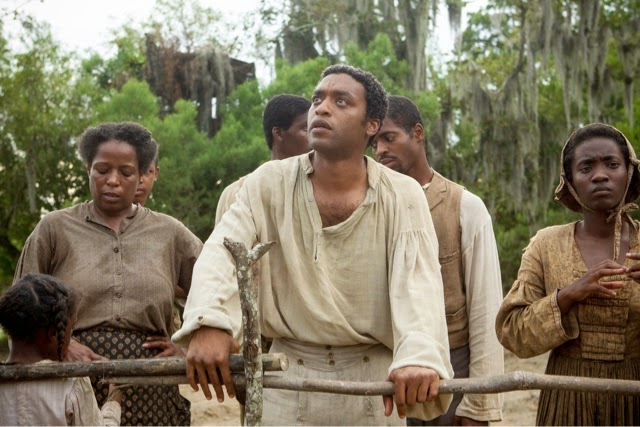
Mystic River (Clint Eastwood, 2003)
April 19, 2010
Once (John Carney, 2006)
April 19, 2010WHAT IT IS: A washed-out ex-special forces is hired to guard a young American girl in Mexico. Unable to stop her kidnapping and subsequent murder, he vows to kill everyone even remotely connected to her death.
HOW IT IS: Man on Fire is part of Scott’s flip-out phase, where the director, known for big blockbusters like Top Gun and Crimson Tide, experimented with ultra fast-cutting editing, and video clip-like light transitions. This visual style introduces Man on Fire, painting a general portrait of kidnappings in Mexico. The long exposition, with Creasy and Pita building their relationship, is essential and greatly amplifies the emotional pull of the kidnapping scene. Creasy’s subsequent rampage is brutal and uncompromising, slowly unraveling a network of corrupt officials and lowly kingpins. Washington conveys well the focused determination of this ex-military man, jaded by war and world politics. His only link to humanity gone, he is now a well-trained killing machine, unaffected by the pleas of his numerous victims.
The ending does mitigate Creasy’s vendetta somewhat and does not seem nearly up to par with most of the film. Nonetheless, with Man on Fire, Scott continues his important contribution to the pantheon of Hollywood action films.
IF YOU LIKED: Crimson Tide, Deja Vu, Payback.
More info on IMDB
- Black Panther: A Perspective - March 20, 2018
- Seven Pounds (Gabriele Muccino, 2008) - May 5, 2015
- Honeymoon (Leigh Janiak, 2014) - January 30, 2015



